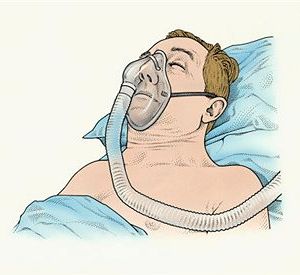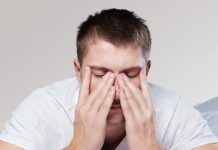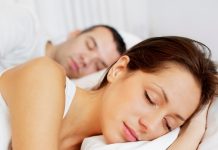At night when you sleep, your body refreshes and renews itself, but at times this period of daily rest can become a danger zone. Your breathing, which is the very essence of life, can get disrupted in a number of ways causing trauma to your body. It can in some cases be severe enough to affect your life fatally if care is not taken. That is what happens with obstructive sleep apnea syndrome.
Understanding sleep apnea
Before we deal with obstructive sleep apnea syndrome, we need to understand what sleep apnea is. The word apnea literally means a cessation of breath. So each sleep apnea means a pause in breathing that can last from a couple of seconds to minutes. Plus this apnea may repeat itself between 5 to 30 times during the time that the person is asleep.
This means that air supply to all the body parts will get affected each time an apnea episodetakes place and we all know just how vital oxygen supply is to the body tissues.
What is truly scary is that the person suffering from sleep apnea may not even know that he is suffering from the disorder. It is usually detected by a partner, sibling or spouse who is awake and sees them stop breathing for a while each night.
What is obstructive sleep apnea syndrome
The obstructive sleep apnea syndrome is one of the three forma of sleep apnea. It is also the most common form of the disease. In the case of obstructive sleep apnea there is a physical block to the passage of air which interrupts the breathing process. The obstruction is usually present in the upper airway and will reduce blood oxygen saturation in the person.
Snoring is common in people who suffer from this form of sleep apnea. The patient not only suffers from sleep time disordered breathing but may also have difficulty with taking breaths even after the person wakes up.
Diagnosis of obstructive sleep apnea
The diagnosis of obstructive sleep apnea syndrome is done via an evaluation of clinical symptoms and through a formal sleep study. The clinical symptoms of the disorder include excessive daytime sleepiness, feeling of tiredness, and a general sense of fatigue even without much physical exertion.
As for the formal sleep study, a polysomnography or a reduced channels home based test would be acceptable to diagnose and establish the number of apneic events that occur through the night per hour of sleep. An oximetry may also be performed at the patient’s home overnight.
Treatment options available
For treatment there is the option of physical intervention, using medications, neurostimulation, and surgical intervention if all else fails. A number of people also prefer to try out alternative treatment methods and some find considerable help from them. Positional treatments are also an option to consider.
This involves sleeping with the upper body at an elevation of 30 degrees or more, sort of like sleeping in a recliner. This allows the airway to be secured from gravitational collapse.













